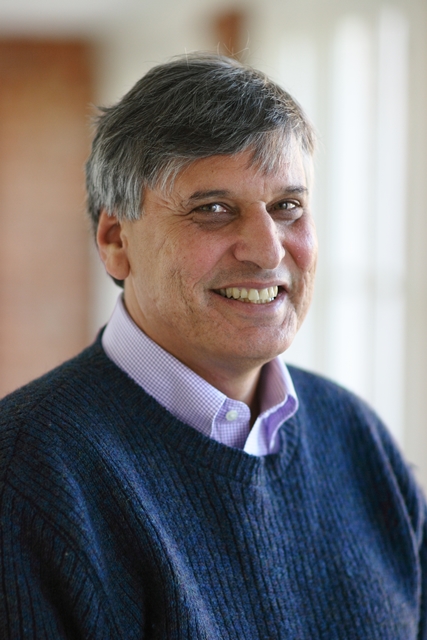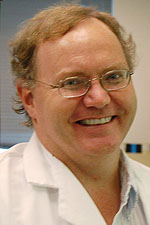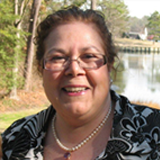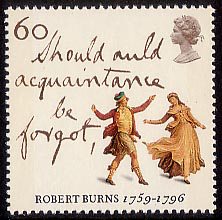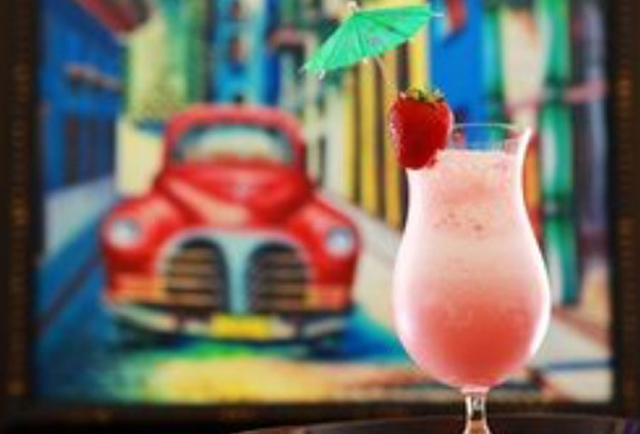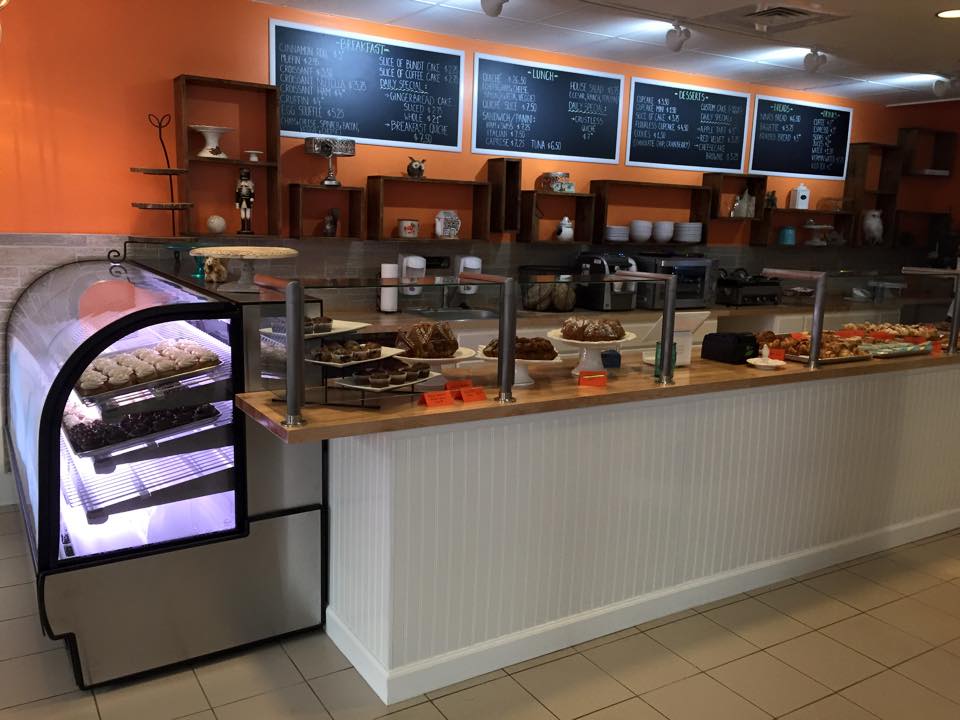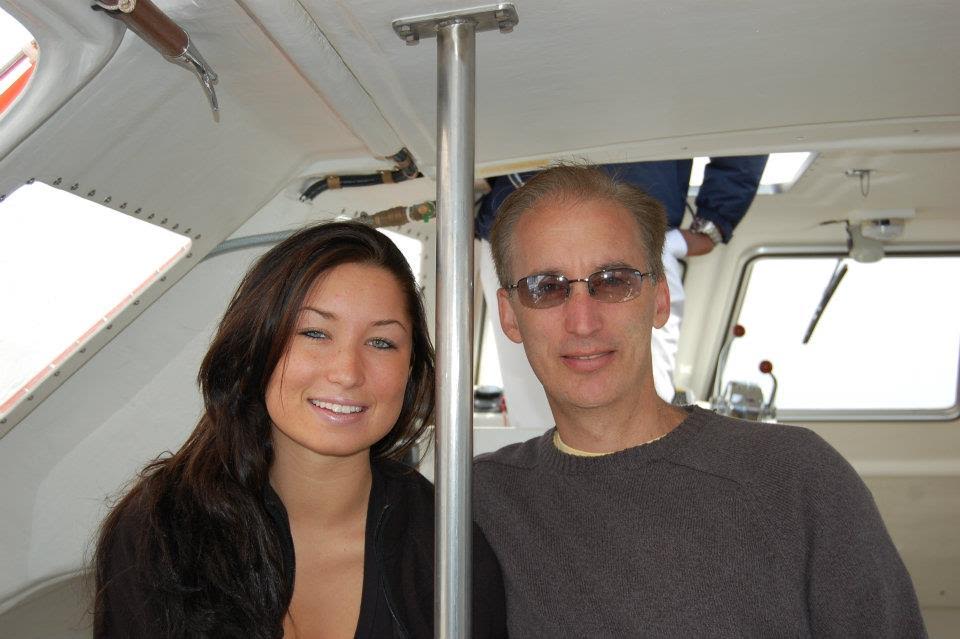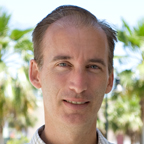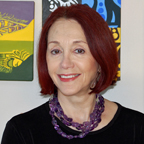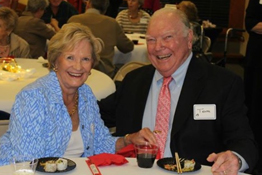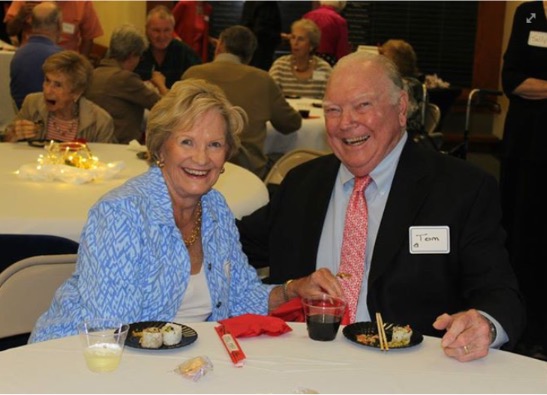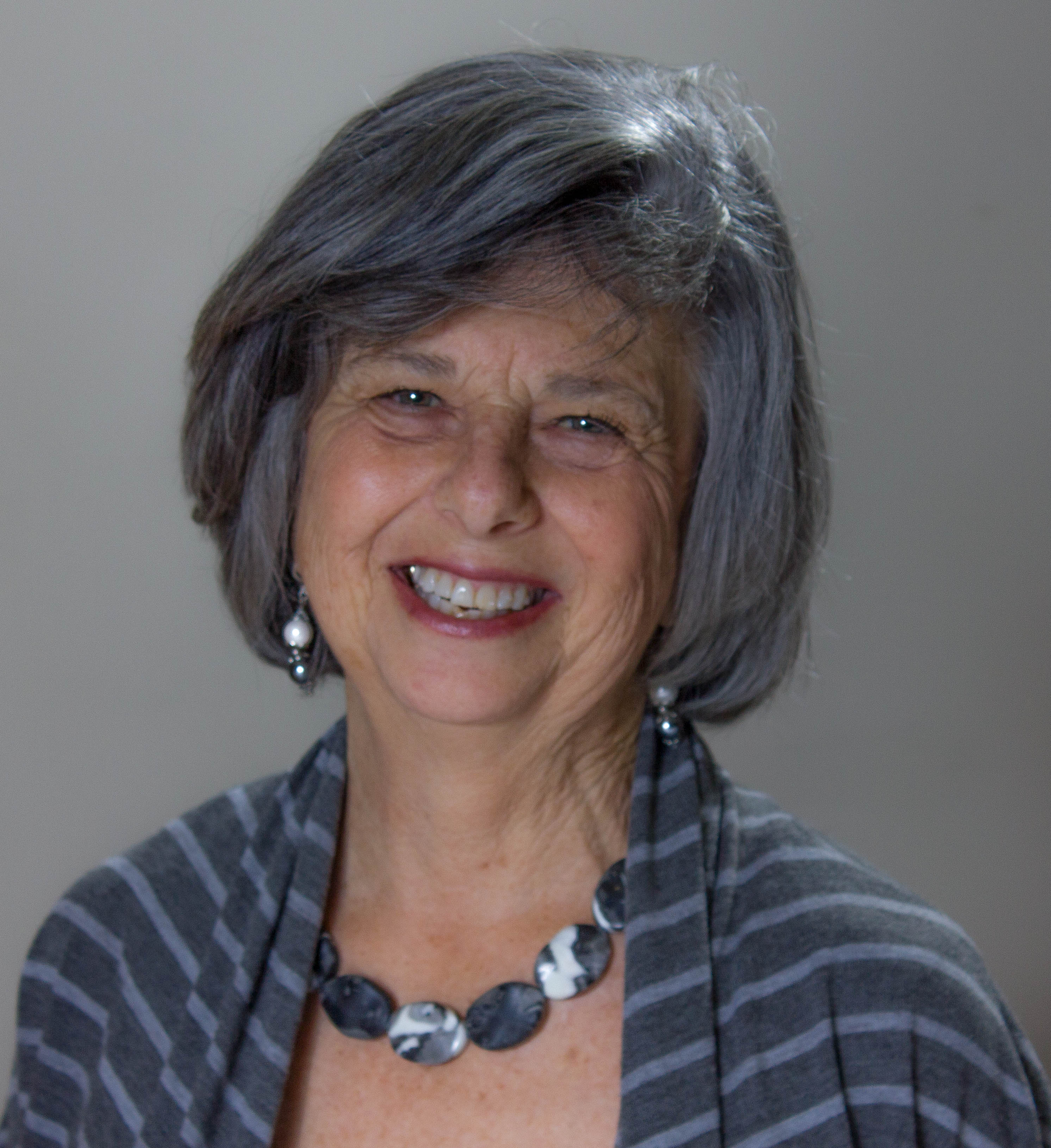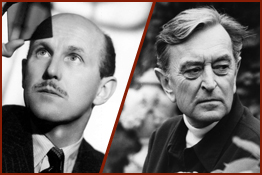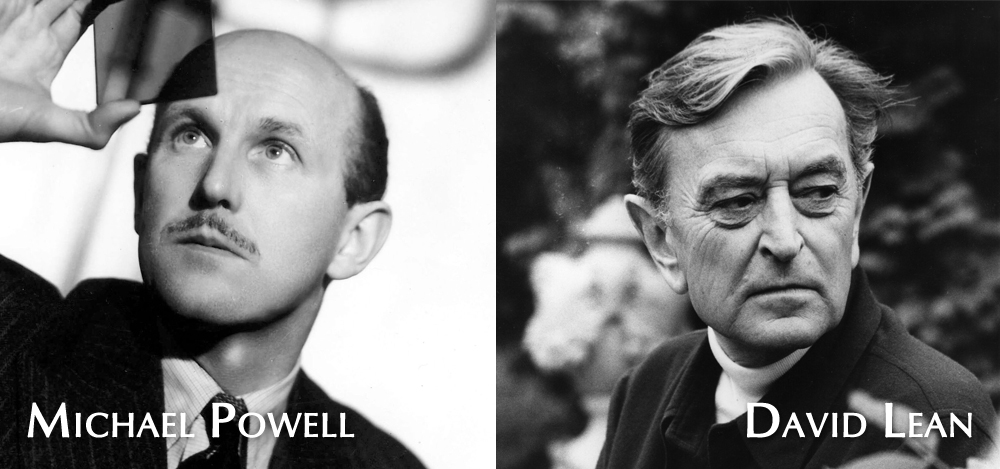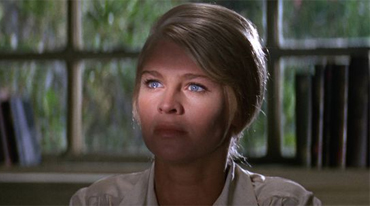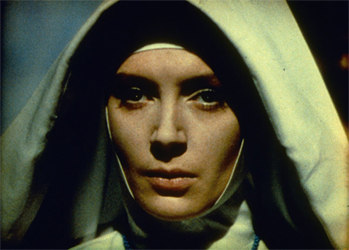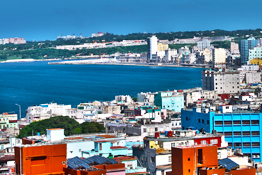
HOT TRAVEL PICKS
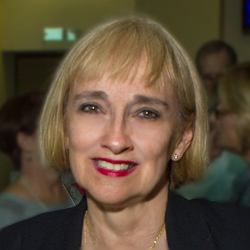
Guest blogger and LLS student Sandi Page
One of the commonalities among our L.L.S. student population is our love of travel to new destinations which goes hand in hand with our love of learning. A long-time friend, fellow L.L.S. student and inveterate traveler Jean Dessoffy recently emailed me a travelogue of her four-day trip to Cuba with a friend. I found it so fascinating that I asked her permission to edit it and share it with our L.L.S. community and she graciously agreed. Jean owned and operated a travel agency in the Washington, D.C. area for 25 years.
CUBA – HAVANA
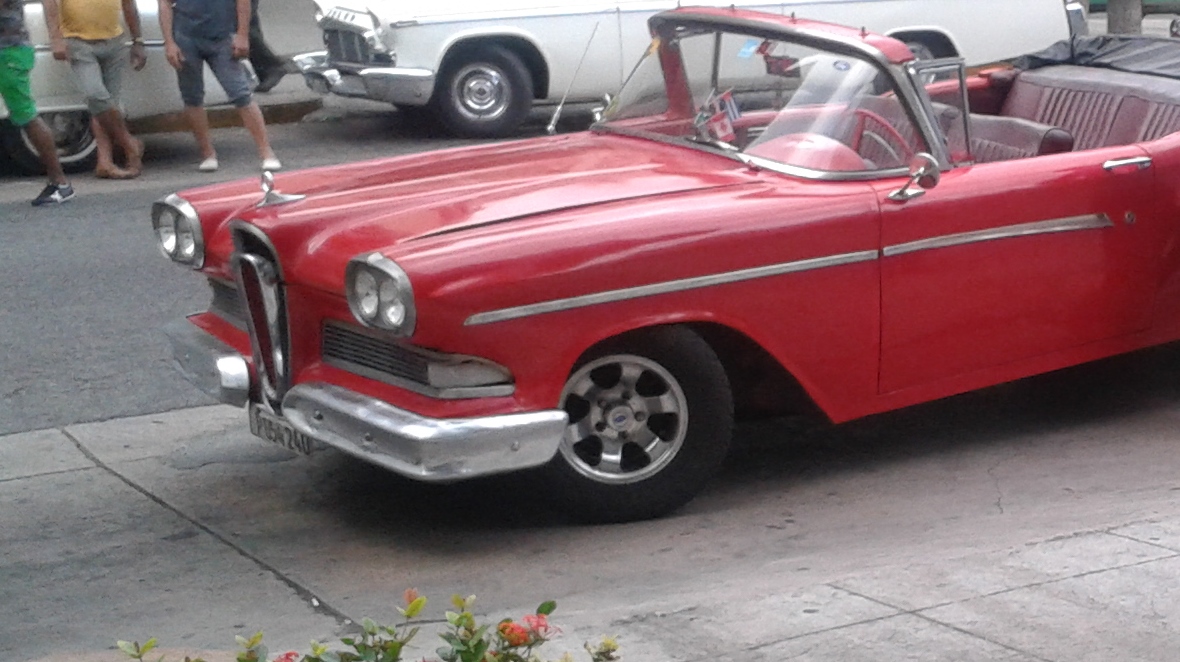
Red Ford Edsel convertible. A flop in the U.S. market lives on as a private taxi toting American tourists around Havana.
First Impressions–It only took 45 minutes to fly from Miami to Havana, but two hours to go through immigration and get our checked baggage. Our small suitcases were no match for the tons of large screen TV sets, coffee makers, and 70-pound bags of food and clothes being brought into the country by Cubans for their families or for resale in a land where there are no U.S. goods available in the stores.
The airport was very “third world” but our hotel, The Habana Capri, was quite nice with air conditioning, safe, mini-bar, hair dryer, and BBC, CNN, and China TV, all in English. The lobby bar and buffet restaurant were both first class. The only negatives about the hotel were the very slow manual check-in process and the slow Wi-Fi/internet in the lobby. Our guide told us later that the hotels had Wi-Fi but as the locals could not afford to subscribe to internet service, they would buy an hour at a time of Wi-Fi from the hotel for the equivalent of $2. Thus, the hotel lobby and the sidewalk outside were full of people using the internet which slowed down access. We gave up after the first wasted hour.
The Embargo–Since the Kennedy administration, the U.S. has imposed a ban on any trade with Cuba. With only a few exceptions, that ban still exists and has created a lot of pain for ordinary Cubans. American credit cards cannot be used. No companies will take U.S. cash dollars. Sometimes individual Cubans will take U.S. currency because they know where they can safely convert to Cuban currency at a more favorable exchange rate than the tourists can get. The typical Cuban earns less than US $50 per month. The absence of U.S. products in the marketplace has caused prices for imported, manufactured goods to be high. Cuba’s main trading partners are now China and Venezuela. Cubans need and want to trade with us.
There was nothing we saw in the markets that was made in China. Our guide expressed a negative opinion of the quality of Chinese merchandise.
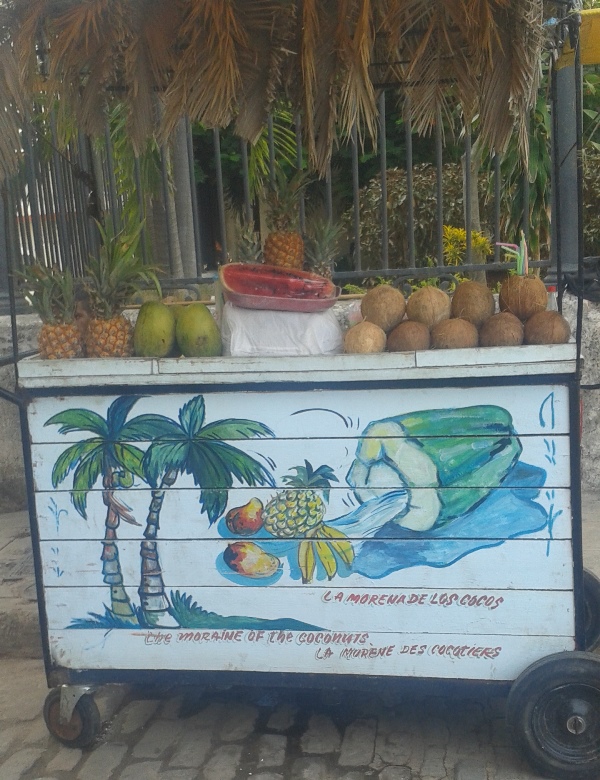
Limited private industry is now permitted in Cuba. Here, a coconut milk vendor advertises his wares.
Our Group–There were only 8 tourists in our group which was nice. Our guide was 29 years old, spoke very good English, and knew his Cuban and world history. Everyone got along fine.
Havana–Havana is an enigma. One minute, you are driving down a boulevard that would rival Paris with its beautiful buildings and an opera house, all of which are being renovated. Then the next, the scene would suddenly look like you were in Haiti with poor markets and people trying to earn a living as best they could.
The people looked healthy with their free medical care from birth to death, government-guaranteed shelter, organically grown fruits and vegetables, and free education through the university level, if qualified.
We had a meeting with a retired University of Havana professor who had earned her Ph.D. in economics in Russia after being educated in the U.S. She lectured at Harvard but after one year had to leave the United States because the U.S. would not extend her visa. She answered questions for two hours about Cuba and her thoughts about the world.
The Cubans welcomed the Pope a few days after we left. According to our guide, only a small percentage of Cubans are Catholic with most religions practiced there having African roots with Catholic statues – just one more enigma. He also told us the Cubans were hoping “Papa” would come with his purse to help the poor people.
On our final night in Havana, we were treated to a ride in one of their vintage cars which are all over the city. We rode in a 1956 white Chrysler convertible with a loud V8 engine and a push-button automatic transmission and joined our other tourist companions in a classic car parade to the Caribe Restaurant. As we were having dinner, our guide asked one member of our group if he could take her picture. Flattered, she willingly cooperated when he asked her to move over a few inches to the right. He said he would tell us why he was taking the picture after we were back on the street. When he showed us the photo, in the background we could see a man who we were then told was, in fact, Fidel Castro’s eldest son.

Neighborhoods are being decorated using tiles arranged to reflect Cuban culture. Cuban muralist and ceramist José Fuster, described as the Picasso of the Caribbean, began decorating his own yard and then started doing his neighbor’s yards. Now the neighborhood for blocks around is his gallery. Jean Dessoffy is pictured seated.
After dinner, we walked over to a jazz club where the musicians of the “Buena Vista Social Club” group had played. Only one of the musicians is still alive but their unique style of Cuban music and dance has been preserved. PBS did a nice “American Experience” program featuring the Buena Vista Social Club’s visit to New York City and Carnegie Hall, which is available for viewing on YouTube.
Winding Down–On our final day, we were bused to the airport where a very limited duty-free shop allowed us to buy some Santiago Rum, made with equipment and aging barrels left by Bacardi when they pulled out shortly after the revolution. The airport did have air conditioning and toilets but the toilets had no seats and there was no toilet paper.
Should You Visit Cuba?
Of course! But it is not for the faint of heart. There is a lot of walking on unpaved streets with plenty of objects to trip over. There are lots of stairs to restaurants and shops and few operational elevators. One place had a broken elevator which the guide explained was made by a U.S. company. It broke after the embargo went into effect so no spare parts or services are available. On the positive side, Cuba has a very low crime rate with lots of music and warm, welcoming people. We hope that when the embargo is lifted, the Cuban people can get on with the repairs and renovations which seem to be needed everywhere.
Our tour company was Cuba Explorer. They arrange everything, including charter air service, visas, hotel, and tour guide/transportation.
http://cubaexplorer.com/tours/havana-weekend-tour/

Benito Rakower, Ed.D., was educated at Queens College and Harvard University, where he received a doctorate in the teaching of English. Before getting his degree at Harvard, Professor Rakower was trained professionally at the piano in German Baroque and French repertoire. This semester Dr. Rakower is teaching a course, “Against the Grain: Ordinary Beginnings With Extraorinary Outcomes,” which will begin on Friday, Jan. 15 at 1:30 p.m.



